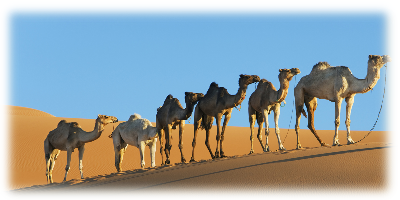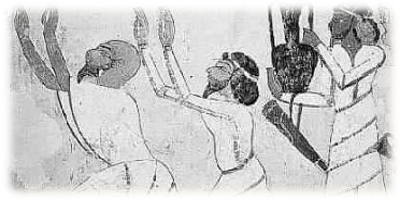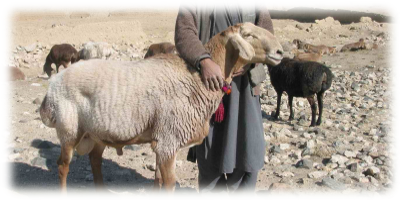Camel
These large and powerful animals are well suited for travel in the desert because of their ability to travel long distances without water. They were often used to carry family members as well as their belongings as they traveled from pasture to pasture.
The Hebrew word for "camel" is
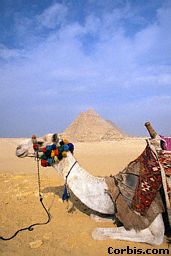
Cattle
The ox was a common labor animal used to pull plows and wagons. Because of these abilities, only on very rare and special occasions, such as a large group of visitors or a festival, was one of these animals slaughtered for a meal.
There are several Hebrew words used for cows, bulls, oxen and cattle.
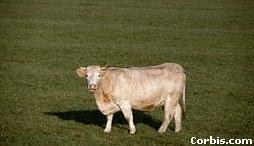
Sheep
One of the principal animals found in the nomad's flock are the sheep. The wool of the fleece was used for clothing. The milk of the sheep was a part of their diet and was also made into a cheese. One is occasionally slaughtered for a meal, especially when visitors arrive or for a festival. The horns of the rams were used to make trumpets called shofars. The skin of the slaughtered animals was made into clothing or bags for storage.
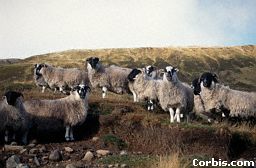
Goat
The goat served many of the same functions as the sheep including; milk, cheese, leather and meat. The horns of the goats, smaller than the rams, were made into flasks for carrying olive oil, a common food ingredient as well as a medicine for wounds. The hair of the goat was also vital in the construction of the nomad's tent.
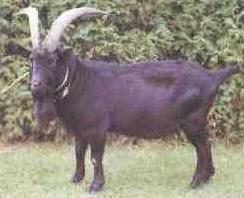
Donkey
This animal was mostly used for transporting people and materials.
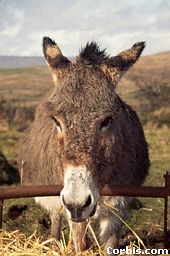

Like what you’re discovering? Continue the journey from Bible reader to translator.
|



